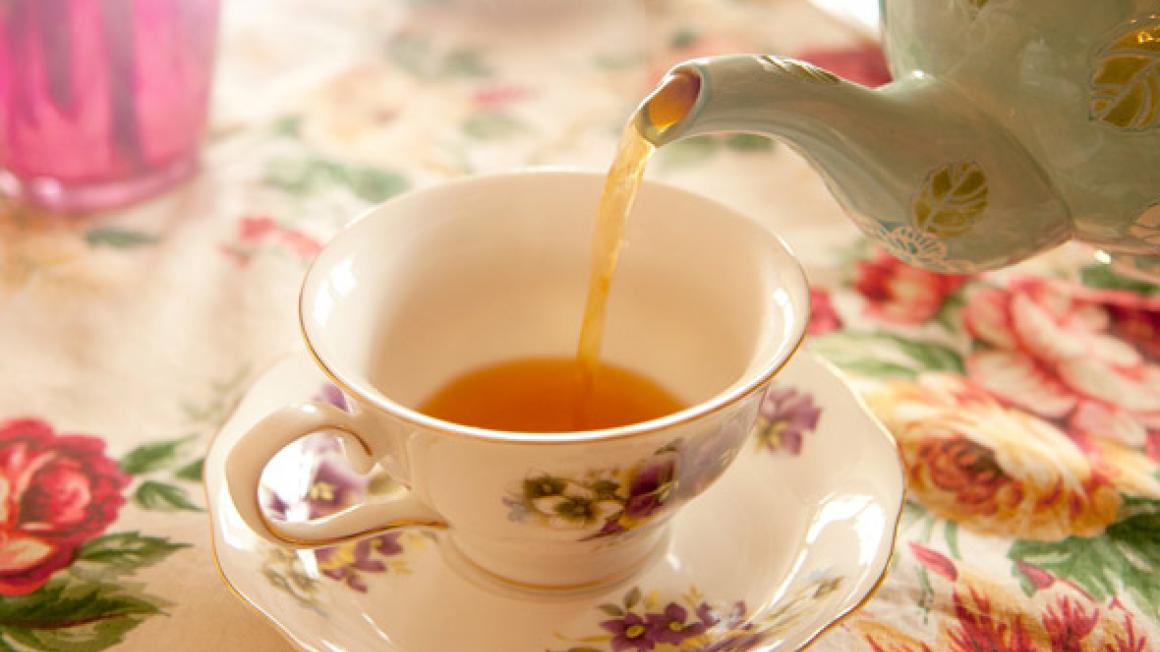How to become a tea connoisseur in a day
Discover the varieties
The most important thing to do is to learn the difference between the varieties of teas on offer. From full-flavour black teas to delicate white teas and unique rooibos, there is something for everyone.
• English Breakfast – undoubtedly one of the most popular blended teas in the world, English breakfast is a mix of black tea varieties aiming to create a rounded and full-bodied flavour
• Assam – named after the Assam region in India, Assam tea has a robust, rich and malty flavour
• Darjeeling – another black tea, Darjeeling is lighter tea with a refreshing and very lightly astringent flavour. This is a totally different experience from Assam
• Nilgiri – Nilgiri tea is intense and bold, but carries with it a more floral and fruity flavour that makes it very popular
• Earl Grey – like English breakfast, Earl Grey is a blended tea. The distinctive flavour of Earl Grey comes from the oil of bergamot
• Green – Green tea is produced very differently from black teas like Assam and Darjeeling. While black teas are wilted, dried and fermented after harvesting, green tea is simply pan-fried or steamed, meaning it has a lower caffeine content and a milder flavour. There are various different forms of green tea too
• White – White tea has an even milder flavour than green tea, although it has far more antioxidants and less caffeine
• Rooibos – also known as Redbush tea, this is a form of herbal tea grown from shrubs of the same name in South Africa. Rooibos has a distinctive flavour that is different from other teas – earthy and nutty but with elements of sweetness
• Oolong – enormously popular in China, Oolong is not a variety itself but rather a category, like black tea. It is partially oxidised, which means it has a caffeine content between black tea and green tea
Develop your tea tasting abilities
To become a tea connoisseur you'll need to develop your tasting abilities – and remember that tasting is about far more than just taste! Firstly, you need to learn to brew the tea properly. Follow the guidelines for the variety that you are using and don't assume that all teas brew the same way. Now inspect the tea to help you understand how the colour and sight affects the flavour.
Next, inhale and take in the scent of the freshly brewed tea. What flavours come across on the nose? Teas can hold a startling variety of scents, from earthy and nutty smells to fruity, floral or spicy aromas.
Now taste the tea. You may find that the flavours are very different from those you noticed from the smell. At this point you should take into account the mouthfeel too. Varieties of tea can have a very different feel.
Take a tea tasting session
Specialist experience day provider Into the Blue offers a fantastic tea tasting session that can be the perfect one-day introduction to tea drinking. This kind of session gives you the opportunity to try multiple different varieties of teas, all expertly brewed, without having to go out and them all yourself.
Tea tasting sessions are suitable for everyone, so whether you're a casual tea drinker looking to experience various varieties or you would just like to hang out with some fellow tea drinkers, this can be a fun
Tips for better tea
• Pay attention to the variety of tea that you're using – brewing times can vary drastically across black, white and green teas
• Always use freshly boiled water. Water contains carbon dioxide and when you boil it, the levels are gradually released. A re-boiling that water will reduce the levels too far and this will negatively affect the flavour of any tea
• Fill the water with cold water, not water from the hot tap. It won't make the kettle boil any quicker and the will have already been heated (see above)
• For the best possible flavour you should always opt for loose leaf tea rather than tea bags
• Remember if you're brewing with loose leaf, it will take longer than traditional tea bags, so you'll need to get used to that


